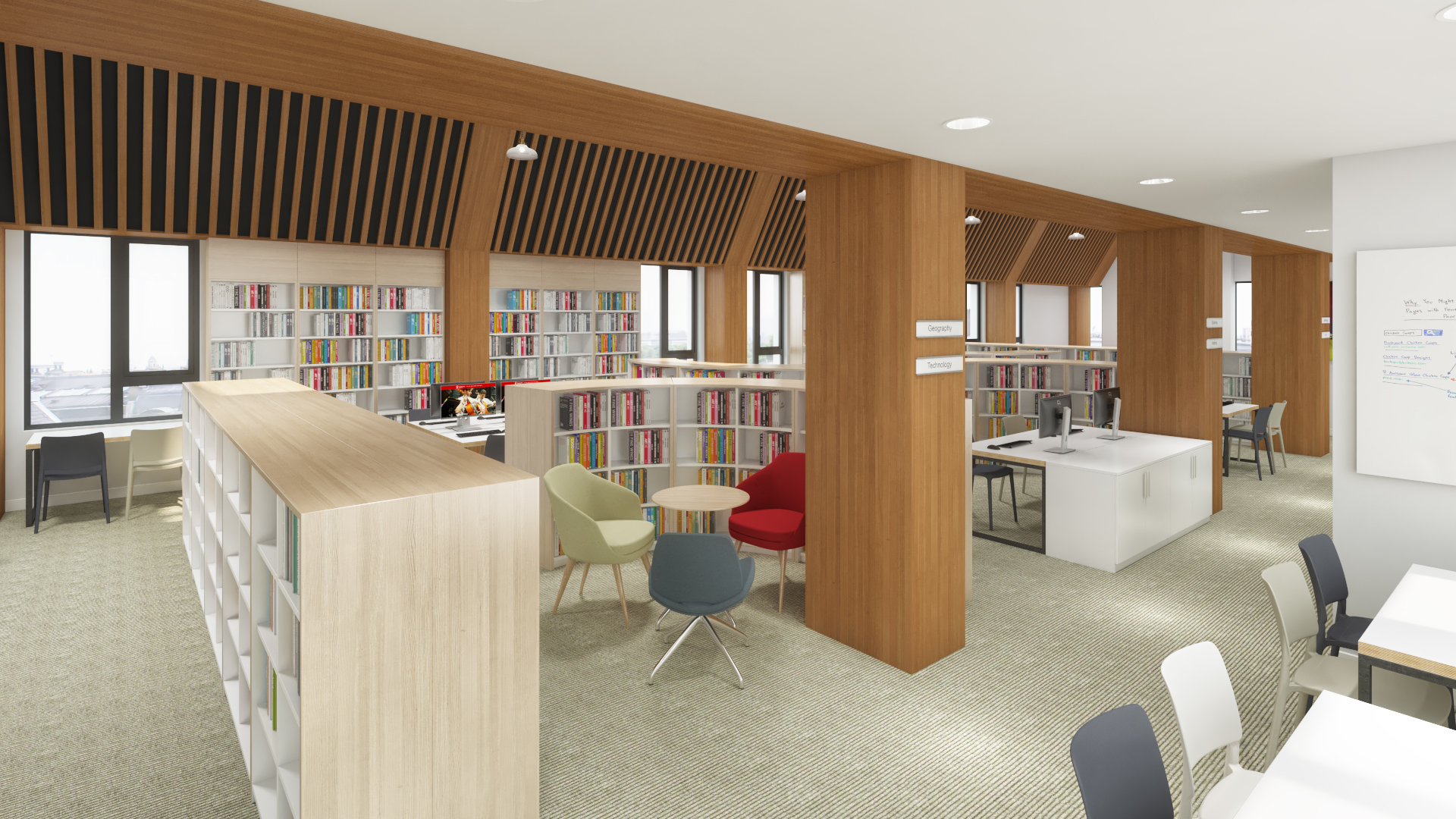Until recently, classrooms looked much as they did right back in the nineteenth century when universal education first came about: teacher at the front, addressing students sat at desks arranged in regimented lines.
Now, often driven by new technologies becoming available, there is a shift to new ways of learning. Rather than teachers reciting facts for students to absorb – which many fail to do because this style doesn’t suit their abilities – a variety of approaches are used. Students are encouraged to collaborate, generate new ideas, solve problems and employ technology to help them, which is much more reflective of what they will find when they enter the world of work.
This new approach is hugely affected by the environment in which students learn. Nine out of ten teachers in a 2006 poll* said classroom layout was the most important aspect of school design. The majority went on to add that they couldn’t adjust their classroom layout as they would like to, to accommodate the different ways they taught their classes.
Often, it is not economical or feasible to make big alterations to school and college buildings, but this doesn’t mean we are stuck with the old set-up. Rooms and spaces can be reconfigured to accommodate different styles. Rather than being static and single-use, furniture should be movable and multi-purpose. Computers and other hardware should be easy to access and use, however the space is arranged. The décor can make a big difference too. Bright colours help energise; cool colours encourage calm concentration.
It helps to think about ‘learning spaces’ as opposed to ‘classrooms’ to break down preconceptions of how they should be set up. Learning happens all the time, everywhere, and schools and colleges are getting much more creative in how they use their campuses. And beyond all the physical spaces available, the internet has added a multiplicity of virtual ones.
It’s great that children and older students are being offered different ways to learn. A mix of styles, showing how knowledge can be acquired in all sorts of different ways, is so much more stimulating. Children who struggle with old-style passive listening don’t get left behind. The variety adds to the enjoyment of learning for everyone. It broadens young people’s minds by showing there is usually more than one way to solve a problem or achieve a goal.
The spaces they work in need to be designed so that the freedom they gain in how they learn is not compromised by the spaces where they learn.
*British Council for School Environments
